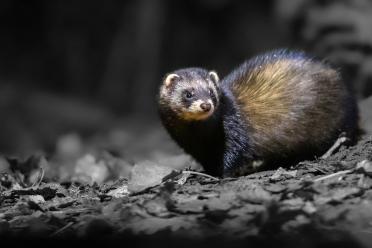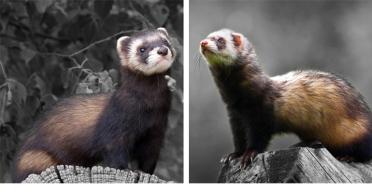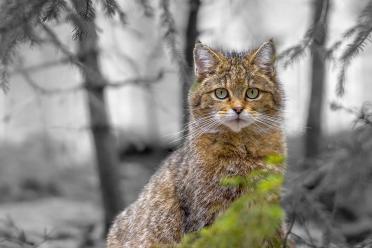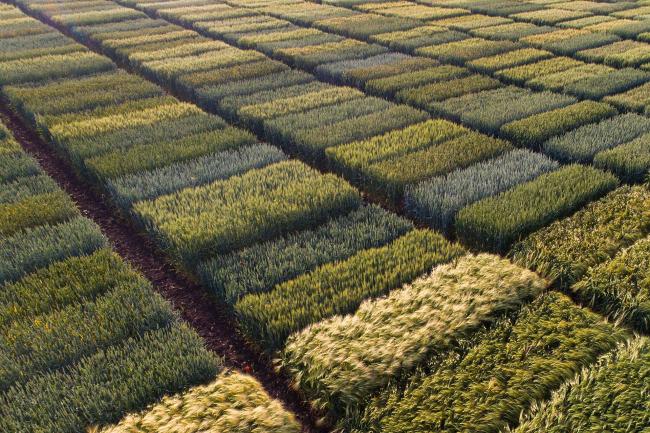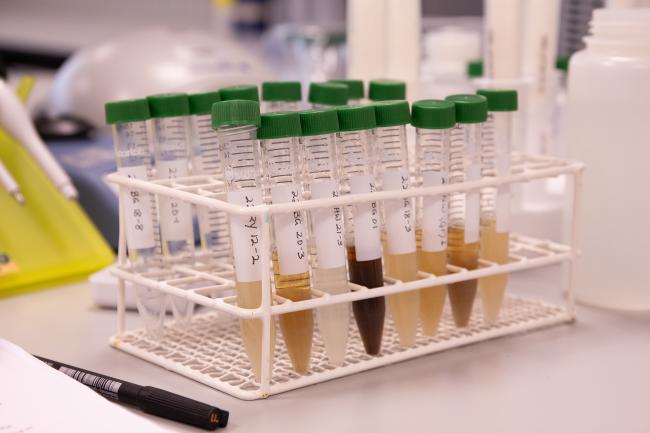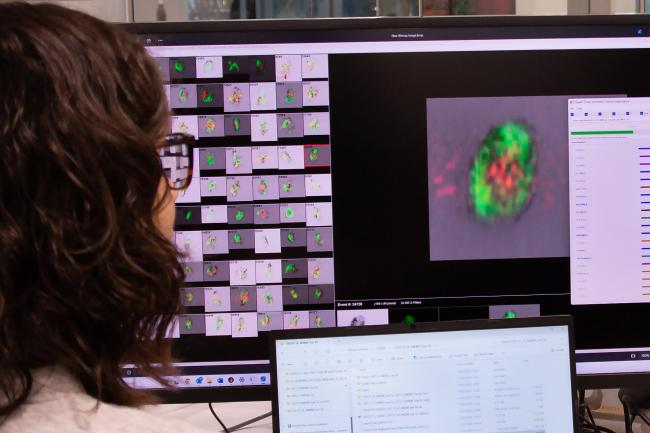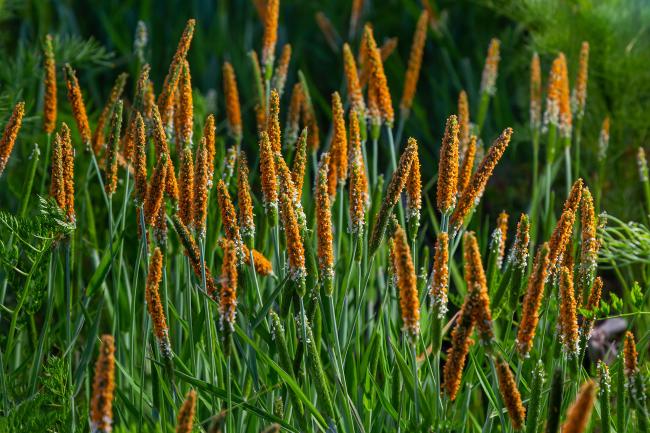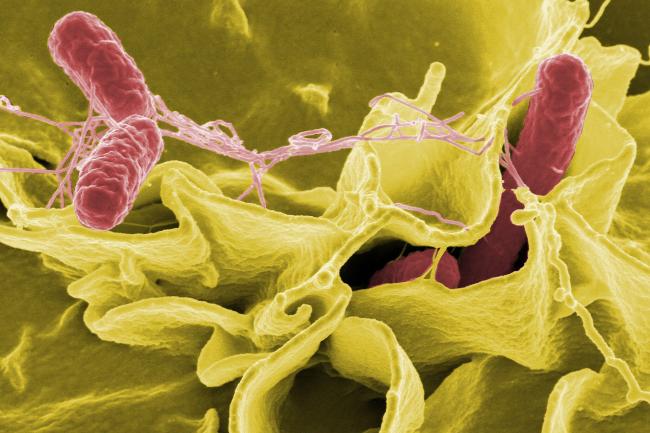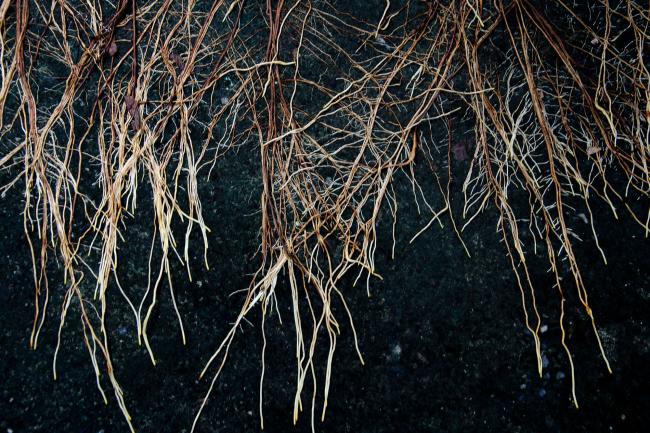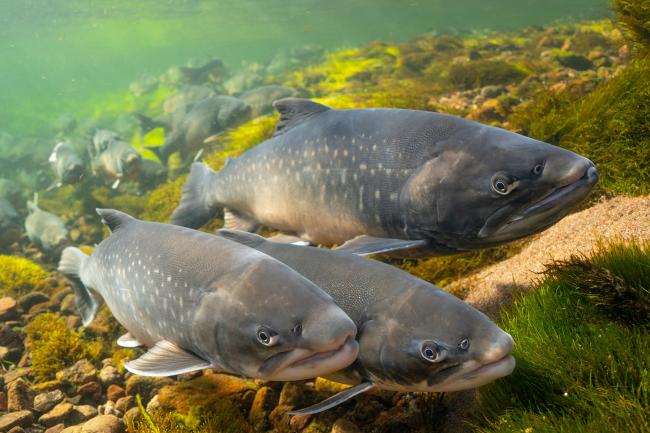Now for the controversial part.
In a world in which biodiversity is declining at an alarming rate, we’re all too familiar with stories of species being saved from the brink of extinction through conservation. A lot of that involves protecting the genetic pureness, so to speak, of a species.
In many cases that can be the best approach, as we’ve recently reported how escapees from fish farms can dilute the gene pool of both farmed and wild fish - threatening their survival in environmental niches.
But what if hybrids offer some species a better chance of survival?
“You'd be hard pushed to find somewhere that European polecats are doing well,” says Etherington, lamenting the demise of polecats across Europe. “But when you look in the UK, they're doing very well.”
Could it be that hybrids between polecats and ferrets are actually doing better than their native counterparts? It’s a particularly interesting case, as essentially you have an animal that has been domesticated breeding back with its much diminished ancestor: a genetic bottleneck meeting a product of selective breeding.
“That’s something we’re looking at,” adds Shaw. “The UK polecat population is better than it’s ever been in the last hundred years or so. We're really interested to see potentially whether this hybridisation has been a tool for conserving them in the wild.”
Though far too early to say for sure (there may be other factors at play, such as conservation and restoration of the landscape), it might not come as a great surprise to learn that increased genetic diversity seemingly helps populations of European polecats that have been much reduced in number and range - and have suffered the inevitable genetic decline as a result.

